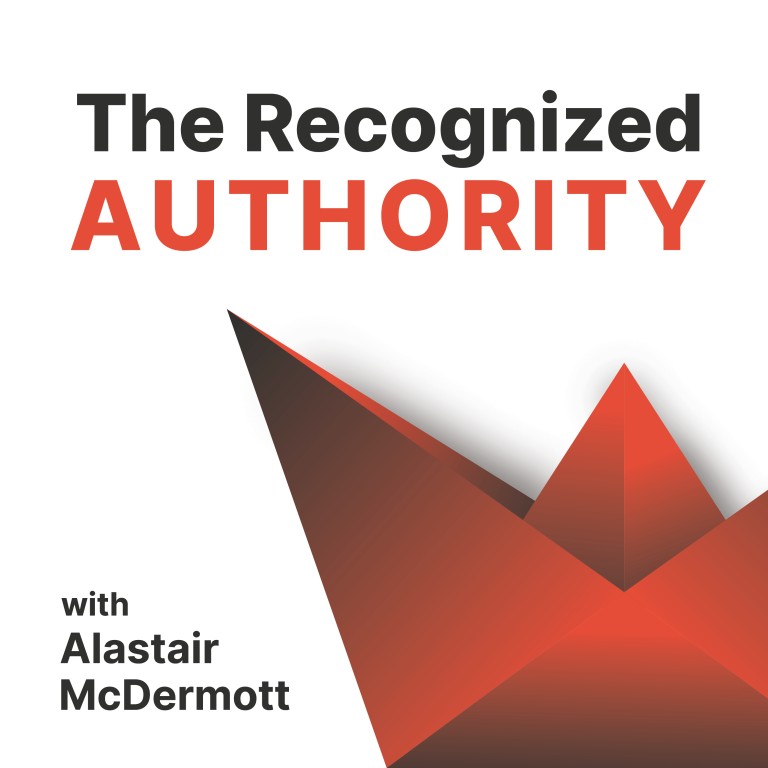Yesterday, I wrote about an authority platform as a container for your authority-building content, your body-of-work.
One major consideration when thinking about what components (or “sub-platforms” or “channels”) to use within your authority platform is ownership.
When you build a profile on a social media platform, like LinkedIn, Facebook, or Twitter, be aware of your reliance on the platform.
It’s often referred to as “building on rented ground”, for good reason. Here’s three issues to be aware of:
Dependency
There’s a platform dependency when you build your content strategy primarily on external platforms. You become dependent on their rules, algorithms, and business models. Changes in any of these areas can significantly impact your reach and effectiveness.
Lack of Control
You have limited control over the user experience, the presentation of your content, and how it’s monetized. You are subject to the platform’s terms of service, which can change at any time, affecting how you engage with your audience.
Audience Ownership
One of the biggest risks of building on rented ground is the lack of true ownership of your audience. If a platform changes its algorithm or shuts down, you risk losing access to the audience you’ve built. I’ve seen it happen, leaving the business appealing to a tech behemoth’s support system, usually to little avail.
It’s not all bad: external platforms have eyeballs. They offer massive opportunity for distribution and audience growth.
But it’s essential to balance this with investment in assets that you own and control – such as a website, podcast, and email list – and actively invite your social followers onto these channels.


